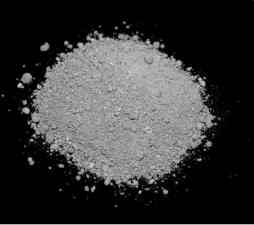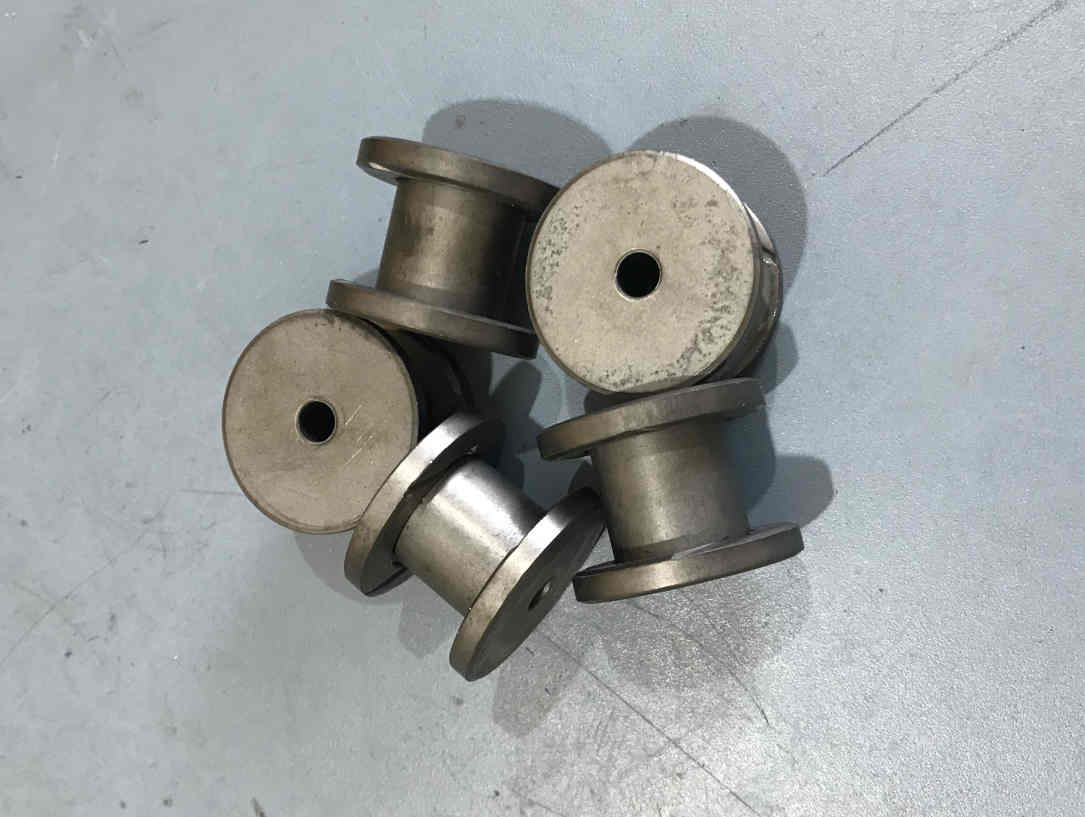Basics: Ferrite Core Materials
Ferrite core materials are essential components in a wide range of electronic devices and power systems due to their unique magnetic properties and high electrical resistivity. This article provides an in-depth analysis of ferrite core materials, including their composition, manufacturing processes, magnetic characteristics, and applications in various industries. It highlights the significance of ferrite core materials in modern technology and emphasizes their critical role in enhancing the efficiency and performance of electronic devices.

Ferrite core materials are magnetic ceramics extensively used in electrical and electronic applications. Their popularity stems from their favorable properties, including high permeability, low electrical conductivity, and excellent resistance to eddy current losses. The ferrite core materials have key significance in today’s energy efficient technologies like EV, solar and wind power industry.
The ferrite core materials primarily consist of iron oxide (Fe2O3) and other elements like manganese, zinc, nickel, or magnesium. Understanding the magnetic characteristics of ferrite core materials is crucial for optimizing their performance in different applications. The fundamental magnetic properties, including magnetic permeability, magnetic saturation, hysteresis loops and the impact of temperature and frequency on the magnetic behavior of ferrite cores are very good compared to other substances available in the market. There are various manufacturing processes, such as ceramic sintering and powder metallurgy, that produce ferrite cores with tailored properties suitable for power applications.

Ferrite core materials find applications in diverse industries, ranging from telecommunications, power electronics, and medical devices to automotive systems and renewable energy technologies. The transformers, inductors, electromagnetic interference (EMI) filters, and magnetic sensors, are popular among many such applications.
Discussing the advantages and limitations of ferrite core materials provides a balanced understanding of their suitability for various applications. Advantages include low cost, high magnetic permeability at high frequencies, and excellent thermal stability. Limitations, such as low saturation flux density and brittleness can be highlighted.
Recent advancements in research of ferrite core materials, including novel compositions, improved manufacturing techniques, and efforts to enhance their magnetic properties and reduce losses are significant. Research studies involving the incorporation of nanoscale particles and composite structures can also be found. Furthermore, potential improvements in magnetic performance and cost reduction are also very important.
As the world shifts toward sustainable practices, evaluating the environmental impact of ferrite core materials becomes crucial. Emerging applications like wireless power transfer, magnetic storage, and power electronics are promising.
Ferrite core materials continue to play a pivotal role in modern technology due to their exceptional magnetic properties and versatility. As research in this field progresses, we can anticipate further advancements, making ferrite core materials even more integral to electronic devices and power systems in the future.
